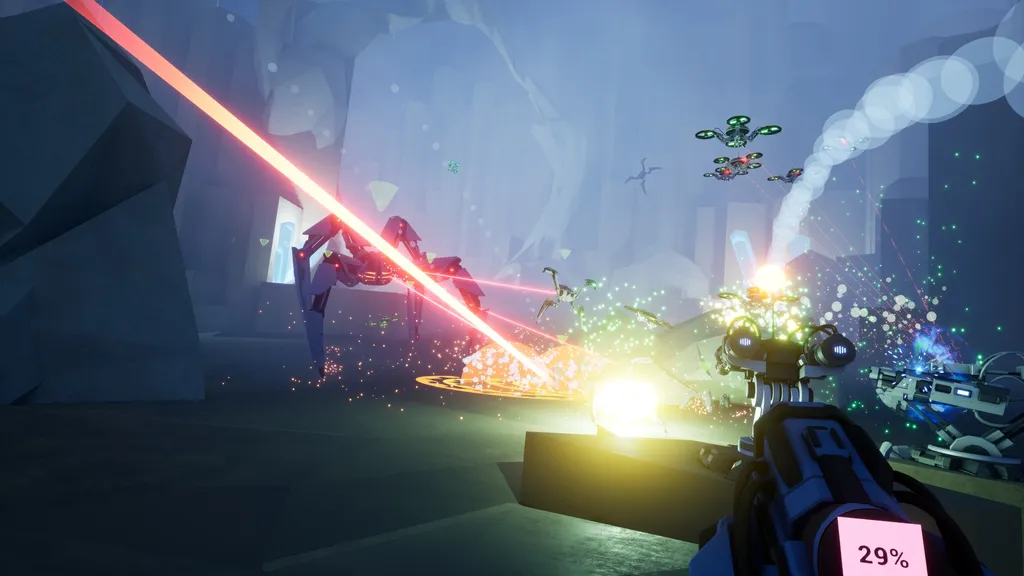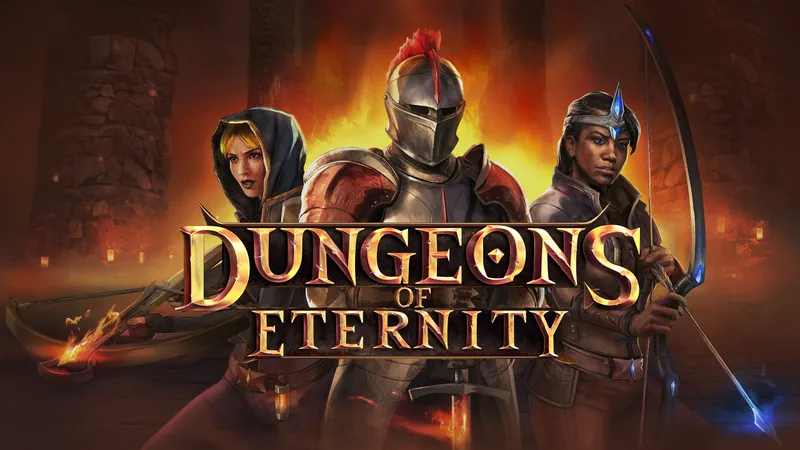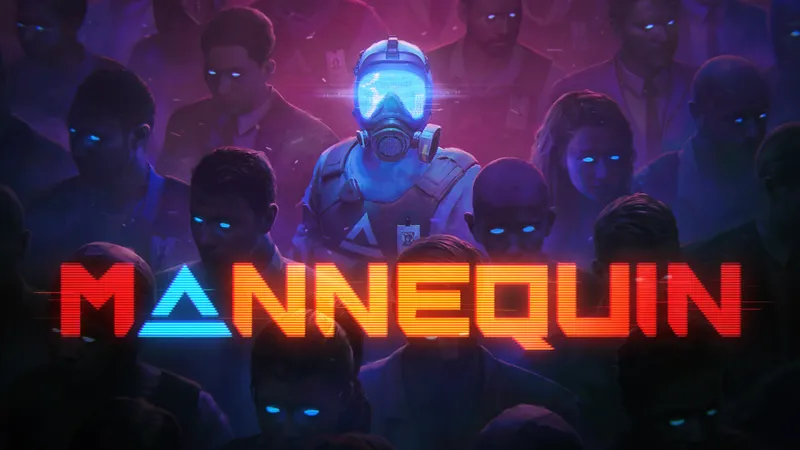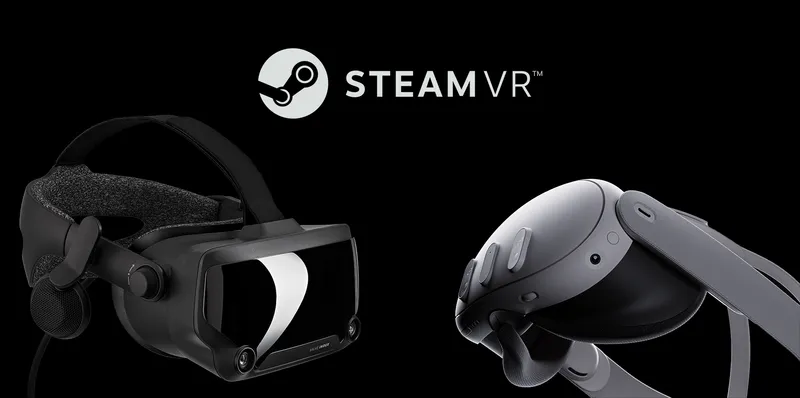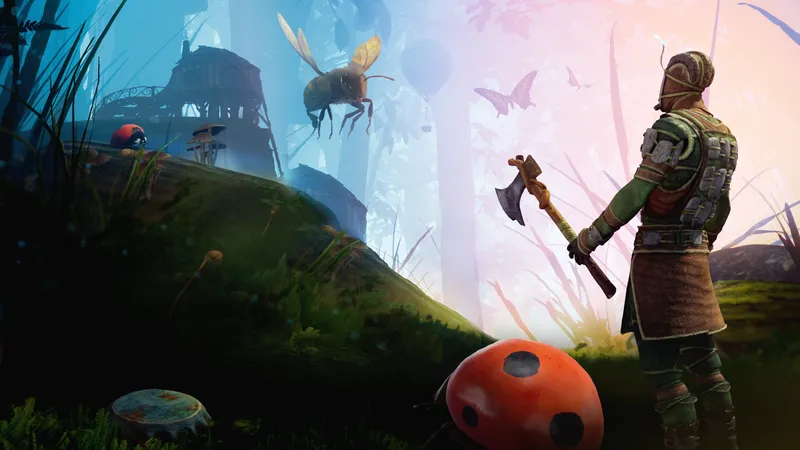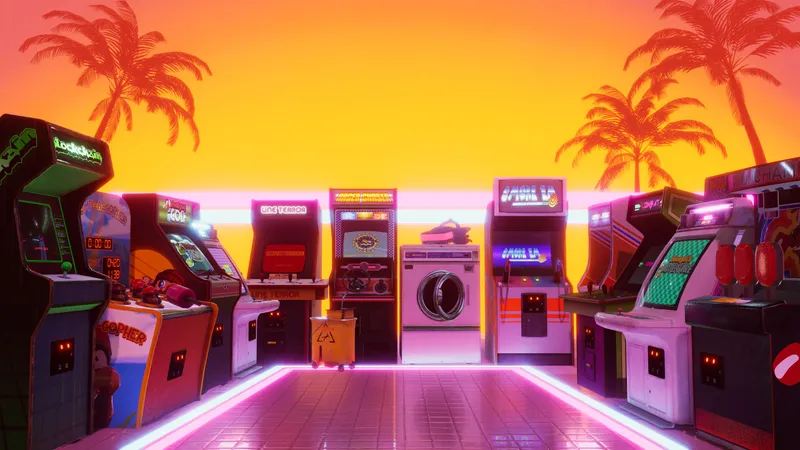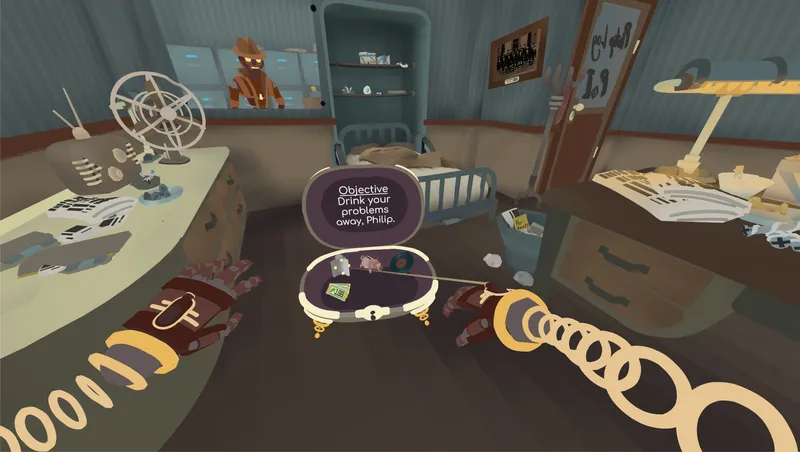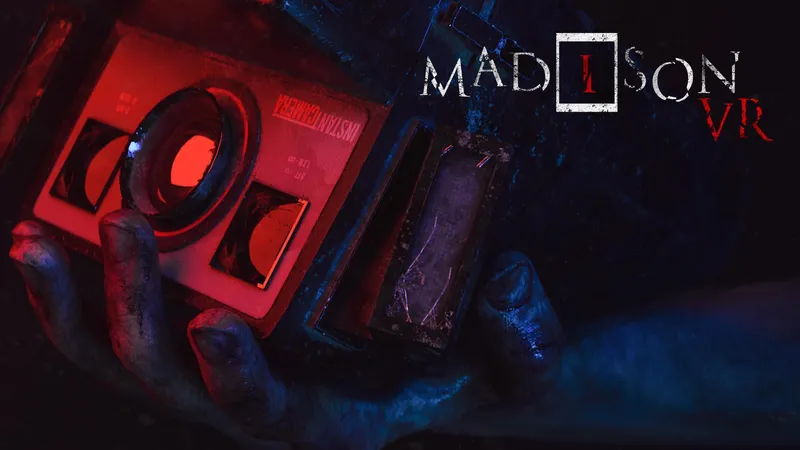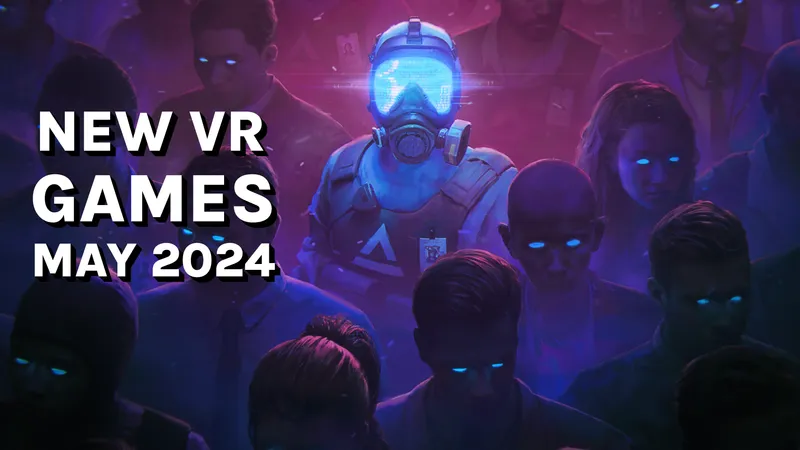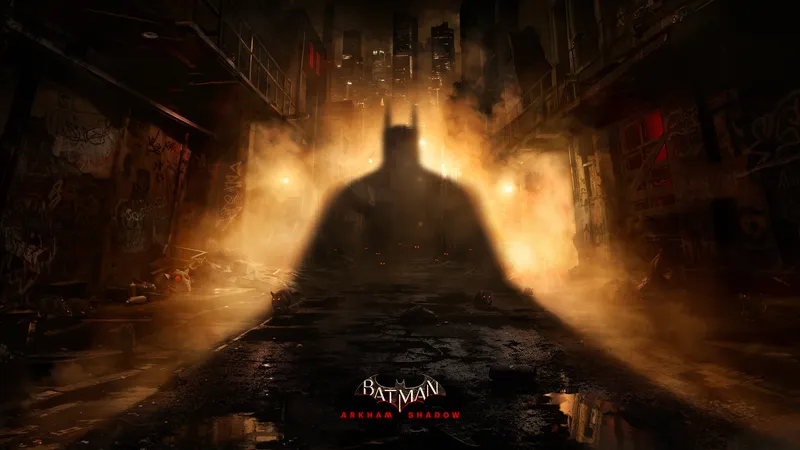Releasing today, Voronium – Locust Sols is a pretty fun VR game. It’s a tower-defense experience with a strategic twist, letting you operate powerful turrets and fight back against hordes of spider-like bots. But what’s perhaps most interesting about the game from Gamalocus Studios is the platforms it’s appearing on.
Voronium is first designed to run on the most powerful, high-end VR headsets like the Oculus Rift, HTC Vive and Windows VR headsets, where you can enjoy a full six degrees of freedom (6DOF) tracking for your head and hands. But Gamalocus’ Alexander Ribin also tells me the team has been busy prepping the game for the new wave of VR headsets, standalone devices like the Oculus Go and Oculus Quest that might not be as powerful or feature-complete as their PC brethren but offer a faster, more accessible and affordable way to get into VR. In short, Gamalocus thinks its cracked the code to cater to every type of VR player.
“Our strategy was to make the game first for the Rift/Vive, but to use our coding skills and understanding to write it fairly efficiently,” Ribin tells me. The developer recently gave a talk about getting Voronium across the wide range of VR headsets, some slides of which are included in this article, but Ribin also explained some of the key tips and tricks to me.
For starters, the team created stylized landscapes that were low on polygons and thus less resource intensive. This was achieved using something called the Voronoi algorithm (which explains the game’s name), which splits up the game world into different sites. “Another trick was to balance wisely between Blueprints and C++ code – all our main blueprints are inheriting from C++ classes, so we move to C++ only the very taxing functions, so we have the best balance between development speed and performance,” Ribin says.
Crucially, though, the developer is making its aim to only cut back on certain visual luxuries in the mobile version of the game. Small effects like a smoke trail left by an incoming projectile won’t be present in the Go version, for example, though the game’s overall clean and simple visual style should remain intact.
Ultimately the team found a process that enabled them to work full steam ahead on the PC VR version and then occasionally revisit the Go build to make adjustments.
And, yes, Voronium is planned for release on Oculus Quest in the future. Quest is a more powerful headset than Go and has more advanced inside-out tracking, placing it somewhere between that headset and the Rift. Oculus has been promoting ways to downscale Rift games for the platform but, in the case of Voronium, it’s going to require a mix of optimizations.
“Our strategy will be to take the Go build and add as much of the Rift features as it will sustain,” Ribin explains. “Because we have made the “Go downgrading” in a modular way, I expect this process to be fairly easy – literally tuning features up to Rift or down to Go version.”
Obviously, Ribin’s tips won’t be applicable to every VR game out there on the market, but it’s definitely something for developers to think about going forward as new opportunities make themselves known to the VR industry.

